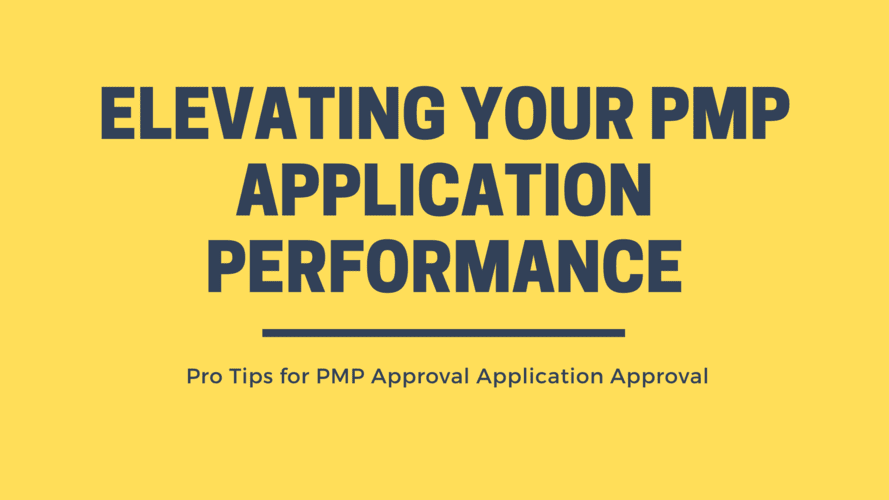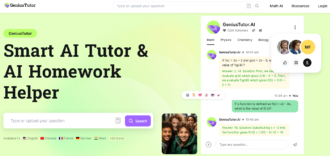Elevating your PMP Application performance: Pro Tips for Approval
Successfully clearing the PMP application process and gaining approval from PMI is one of the initial challenges on your path to achieving the PMP certification. Therefore, it’s paramount to understand the process of completing the PMP application accurately to strengthen your chances of getting your application approved. The following article outlines a comprehensive, step-by-step guide to crafting a PMP application that meets PMI’s stringent approval requirements. Additionally, we will provide you with some PMP application examples, ensuring your application stands a strong chance of first-attempt approval.
Furthermore, the CareerSprints PMP application review and rewrite service for those feeling uncertain or anxious about writing their PMP applications in 2023. With our extensive experience in drafting PMP applications for numerous successful candidates, we’ve consistently achieved first-time approvals for every student.
Accessing the PMP Application form on the PMI website
- To access the PMP application form, begin by visiting pmi.org and registering on their website.
- The registration process is quite straightforward, similar to signing up with your email and password on any other site.
- After completing the registration and logging into your dashboard within the ‘myPMI’ section, head to the ‘PMP application’ homepage and click on ‘Apply now for your PMP.’
- This will lead you to the page where you can begin recording your project management education and experience.
- Alternatively, you can get to the PMP Application page by going to the PMP certification page on the PMI website and clicking on ‘Apply for PMP’.
- This option should be used when you do not see the PMP Application option under ‘MyPMI’ account.
Which sections to fill out on the PMP Application form?
The PMP application consists of four main sections that you need to fill out: Academic Education, Professional Education, Experience, and Exam details.
You must provide information about the highest education you attained, such as a Ph.D., Master’s, or Bachelor’s degree. You will also need to enter the years you started and finished your education, the country where you studied, and the name of the institution where you obtained your degree.
Completing the Academic Education Information section
The first section to fill out is the academic education information section, which is crucial in determining the number of years of project management experience required for the exam and, thus, your PMP exam eligibility.
If you have less than a 4-year bachelor’s degree, you must have 5 years of non-overlapping project management experience.
If you have at least a 4 years Bachelor’s degree or higher education, then you must demonstrate only 3 years of non-overlapping project management experience.
Therefore, carefully reviewing the PMP exam eligibility criteria at this stage is crucial.
Professional Education section (your project management education)
In the Professional Education section, you’ll need to indicate the project management education you would have acquired, specifically by providing proof of the 35 contact hours required for your PMP exam application. You can reach these hours in various ways, including:
- Taking physical, virtual, or self-paced courses from training companies that offer project management education.
- Enrolling in a CareerSprints PMP Blended Programme, a personalized coaching, mentorship, and guidance program for aspiring PMP candidates.
- Enrolling in courses provided by PMI Authorized training partners (ATPs).
- Registering for employer-sponsored programs.
- Attending university or college programs related to project management or PMP.
When filling out this section, be prepared to provide details such as the Course Title, Training Provider’s Name, Course Start and End Dates, and the qualifying hours, which will be 35 hours. You’ll need to obtain the certificate from your PMP training provider and keep it handy, which may be required if your PMP application is chosen for an audit.
Entering information in the Project Management Experience section
The next section about completing the experience section of the PMP application can be a challenging task for many candidates. The reason for this is that PMI carefully reviews the project descriptions you provide and only accepts applications if the experience seems relevant, so dedicating ample time to this section is the most critical aspect of filling out the application form.
Below is the information you’ll need to include in the PMP application project description section:
- Project Title
- The organization where the project was carried out
- Your Job Title while the project was underway
- Your Functional Reporting Area (the department within the organization)
- Primary focus area of the organization (Organization’s industry)
- The chosen Project approach (Traditional, Agile, or Hybrid)
- Project Team Size and Budget
- Project Start and End dates
- Project Description: This should be a concise summary of your project information in your own words, covering the project’s objective, outcomes, project role, responsibilities, and primary deliverables.
PMI recommends a response between 200 and 500 words, although longer descriptions may be accepted. Be clear and concise as a person will review your application.
When you have worked on two or more projects simultaneously, it is essential to remember that you cannot count the overlapping months of experience for both projects. In other words, you cannot allocate the same months to more than one project. This is because the months of experience gained during overlapping periods are common to both projects and cannot be counted twice. Therefore, ensure that you only count the months of experience that are unique to each project to represent your total work experience accurately.
Here is a list of valuable tips to consider while recording your project management work experience:
Applying these will greatly enhance your chances of an application approval:
- Understand PMI’s definition of a project and its distinction from operational activities. They are different, and work that seems operational will be rejected.
- Utilize project management terminology as outlined in the PMBOK when detailing your project experiences. For this, you need a good understanding of the 5 PMP process groups and the responsibilties of a PM within each area.
- Emphasize projects where you held roles as a Project or Program Manager or approach the application description from a leadership and directing perspective.
- Refer to some PMP project description examples for guidance on how to draft your experience section.
- Begin with your most recent project and work backward until you meet the required total months of experience.
- Note that project management experience should be demonstrated across all process areas when aggregating experience from multiple projects, but not necessarily within each project.
- Ensure your descriptions are free of spelling and grammatical errors by using tools like grammarly.com.
- Do not use Artificial intelligence software to write your application. PMI uses AI readers and can detect application information copied and pasted from AI software.
- Adhere to PMI’s recommended word limits for each section of your application.
In summary, it will be helpful to diligently write your application information, especially ensuring you craft compelling project descriptions, as this would be a pivotal step in your PMP prep journey.
By ensuring you meet PMI’s standards and guidelines and demonstrating your leadership and direction capabilities on the application, you can feel less intimidated by the PMP application process and quickly and easily clear it without any hassle, thus confidently continuing your PMP journey.

















